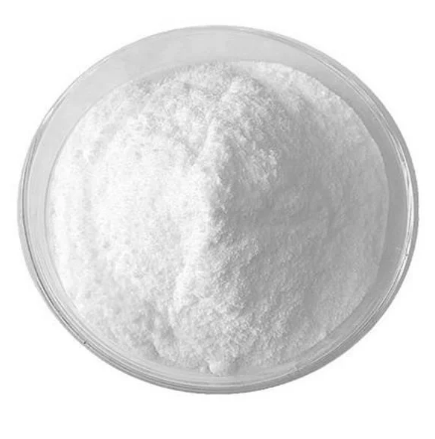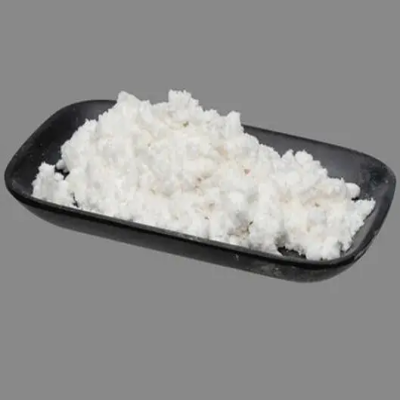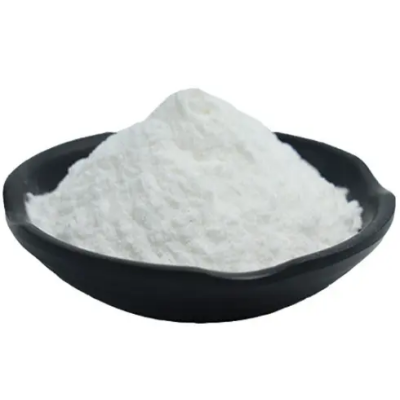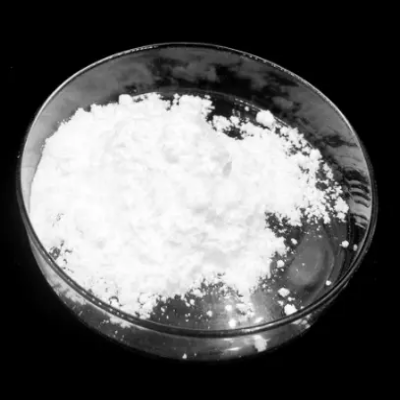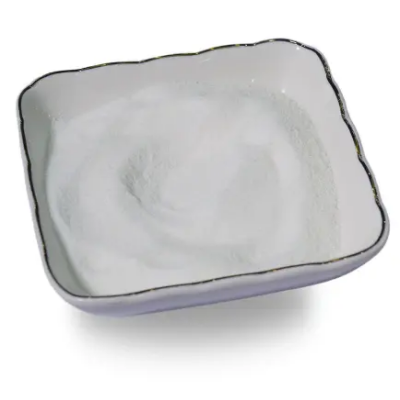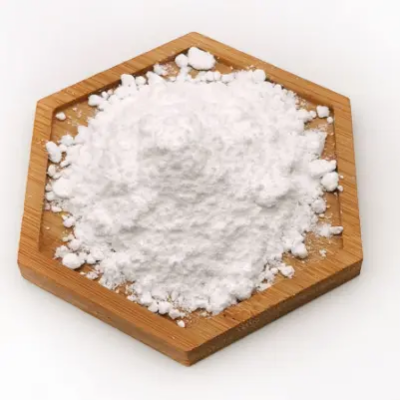L-Glutamic acid monosodium salt hydrate CAS:142-47-2 Manufacturer Price
Glutamic acid is widely found in plants and animals and is a natural nutrient in food. After consumption, 96% of glutamate is absorbed in the body, and the rest is oxidized and excreted in the urine. Although glutamic acid is not an essential amino acid, it can synthesize other amino acids by amino transfer with ketoacids in nitrogen metabolism. Glutamate has the effect of reducing toxins in the blood. When liver function is impaired, the amount of ammonia in the blood increases, causing serious nitrogen metabolism disorders, leading to liver coma, and glutamate can act with ammonia to reduce the amount of ammonia in the blood. In addition, brain tissue can only oxidize glutamic acid, but not other amino acids. Glutamine acts as an energy source for brain tissue when glucose is in short supply, so glutamate is necessary to improve and maintain brain function. After a long time of heating, the aqueous solution of sodium glutamate will cause water loss and become sodium pyroglutamate.
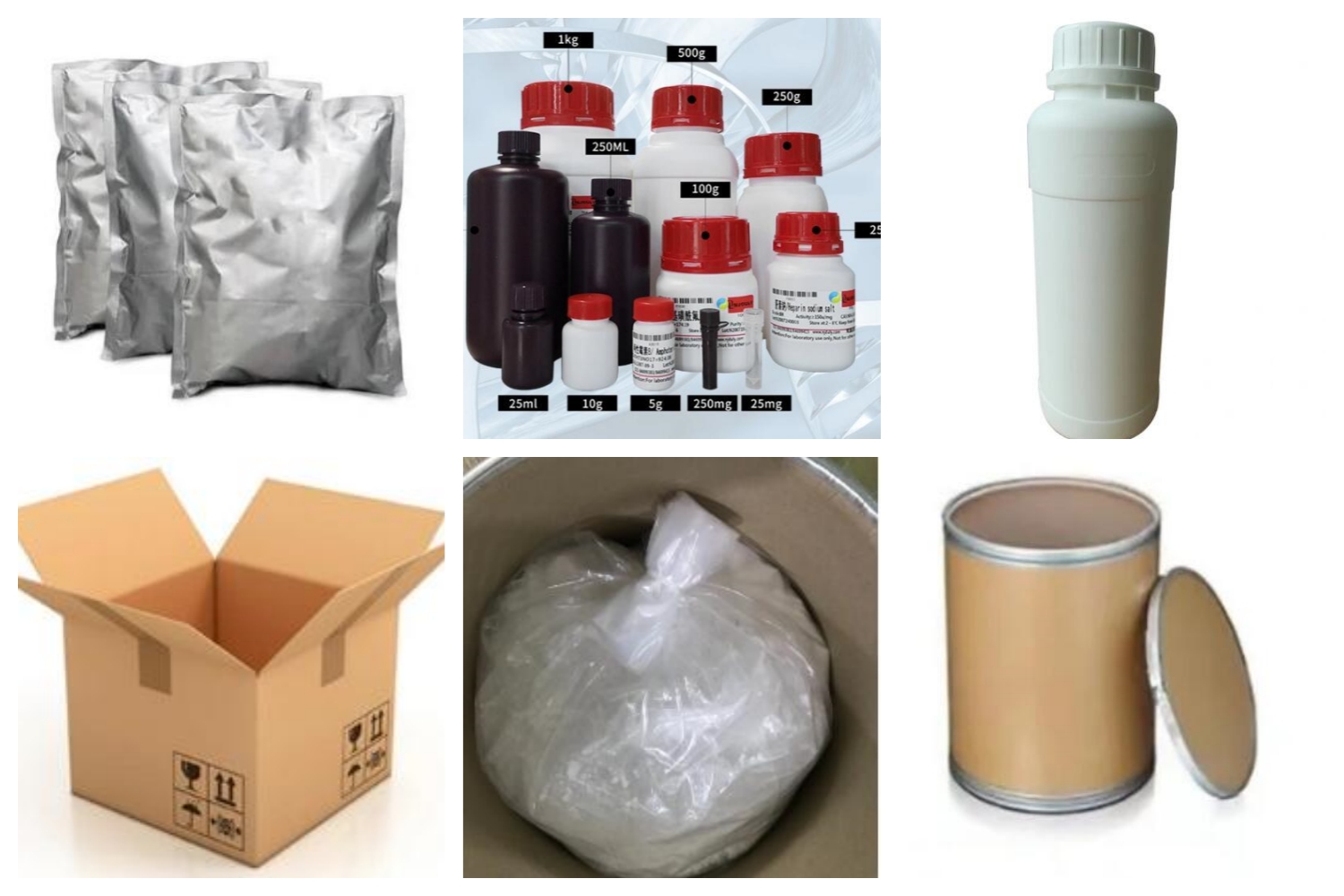
| Composition | C5H10NNaO4 |
| Assay | 99% |
| Appearance | White powder |
| CAS No. | 142-47-2 |
| Packing | Small and bulk |
| Shelf Life | 2 years |
| Storage | Store in cool and dry area |
| Certification | ISO. |


